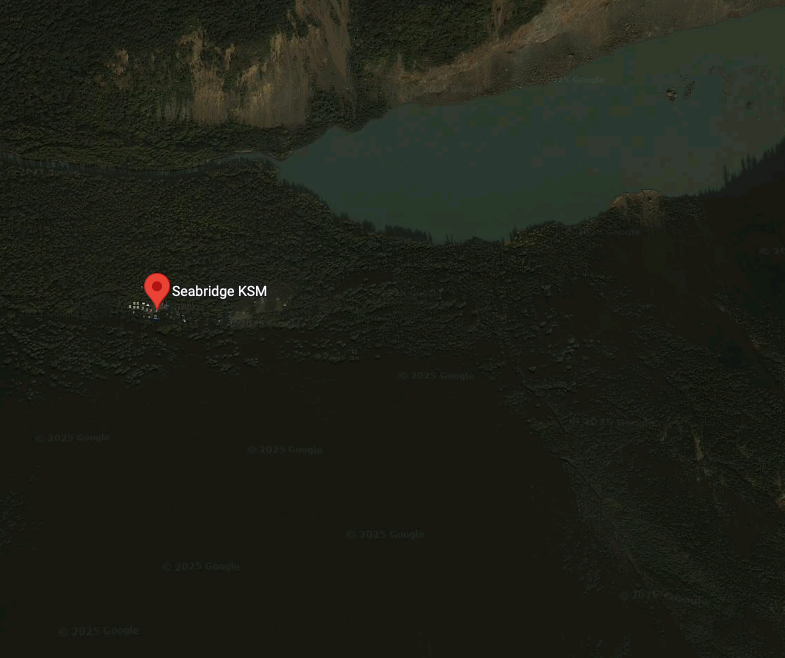The company behind one of the world’s largest undeveloped gold projects has successfully appealed the province’s denial of mining exploration tax credits.
A March 26 ruling from BC Supreme Court Justice Miriam Maisonville found in favour of Seabridge Gold Inc., which acquired the Kerr-Sulphurets-Mitchell (KSM) property near Stewart in 2001.
Seabridge reported incurring $8.589 million in expenses in 2010 and $7.167 million in 2011 to determine the existence, location, extent or quality of a mineral resource. Seabridge argued the expenses met the definition of qualified mining exploration expenses (QMEE).
However, the expenses were reassessed in 2016, reducing Seabridge’s BC mining exploration tax credits by $1.7 million for the 2010 taxation year and $1.42 million for the 2011 taxation year. Seabridge filed a formal objection in 2017.
Maisonville presided over a seven-day trial in Vancouver last September. The province argued that incurring expenses did not necessarily mean they should attract favourable tax treatment, nor did Seabridge show it was entitled to additional BC mining exploration tax credits.
Maisonville described the KSM mineral deposits as “numerous, large, located in challenging terrain, present multiple metals of economic interest, and could require large-scale mining and mineral processing methods.”
Exploration activities at KSM began in the 1930s and are ongoing. The size of the geological deposits and the different styles of mineralization made the estimation process lengthy. Seabridge has conducted numerous tests, evaluations, and studies to revise estimates of resources and reserves.
Seabridge, which is listed on the Toronto and New York stock exchanges, said the proven and probable resources at KSM total 47.3 million ounces of gold, 7.3 billion pounds of copper, and 160 million ounces of silver.
Seabridge argued that an analysis of the QMEE provision supports incentives for exploration of commercially viable ore bodies while acknowledging substantial risks and costs. Maisonville concluded that a broad range of factors determine the economic viability of extraction.
“Thus, expenses that assist in the determination of the economic viability of a mineral resource are captured under the ‘quality’ term of the purpose test, subject to the limitation that the expenses must be specific to a mineral resource in British Columbia being explored,” the judge ruled.
Maisonville allowed the appeal, except for expenses associated with a pre-feasibility study by Wardrop Engineering Inc., which billed $705,612 in 2010 and $510,927 in 2011, according to the ruling.
KSM is one of four Seabridge projects in Canada. The company’s fifth project is Snowstorm in Nevada.



